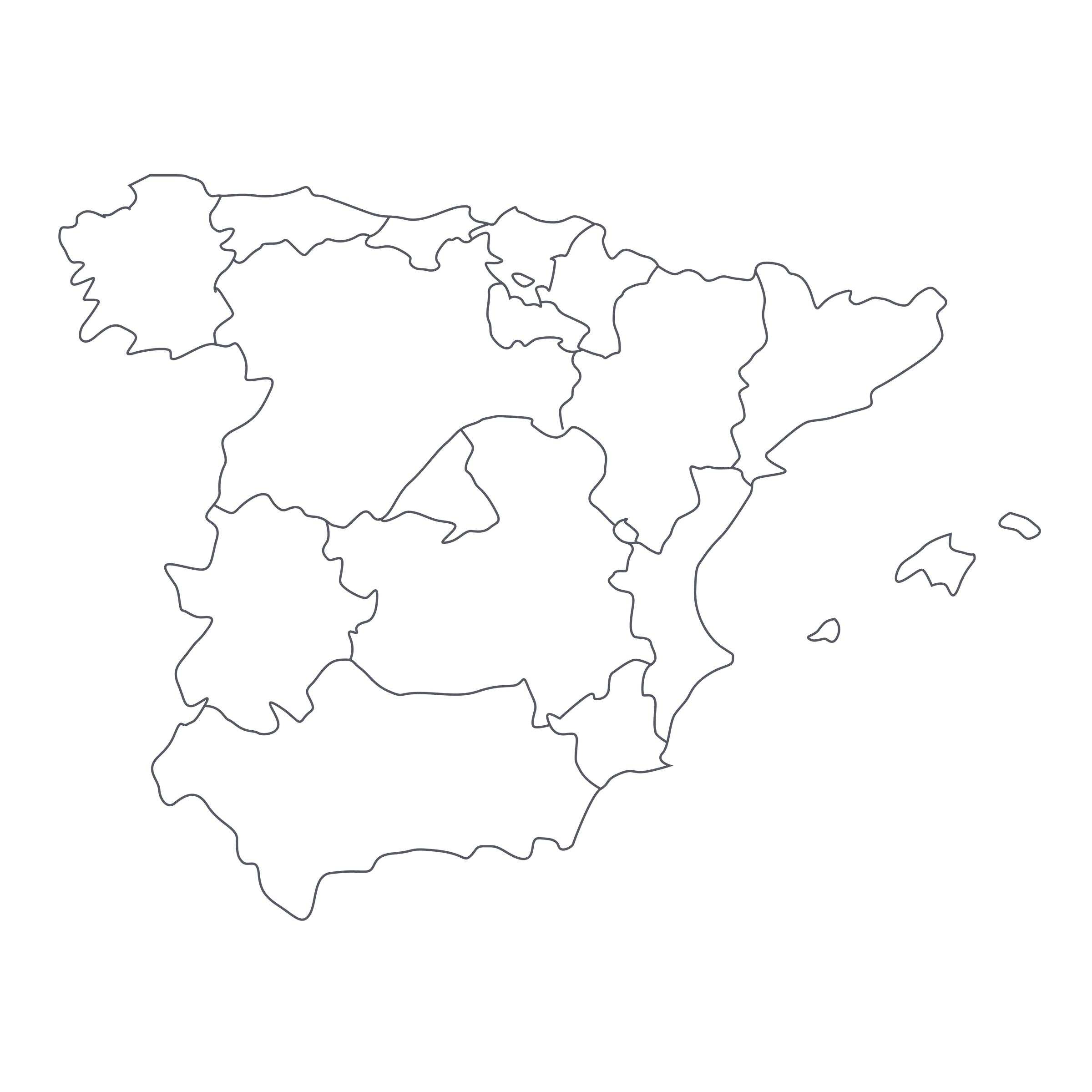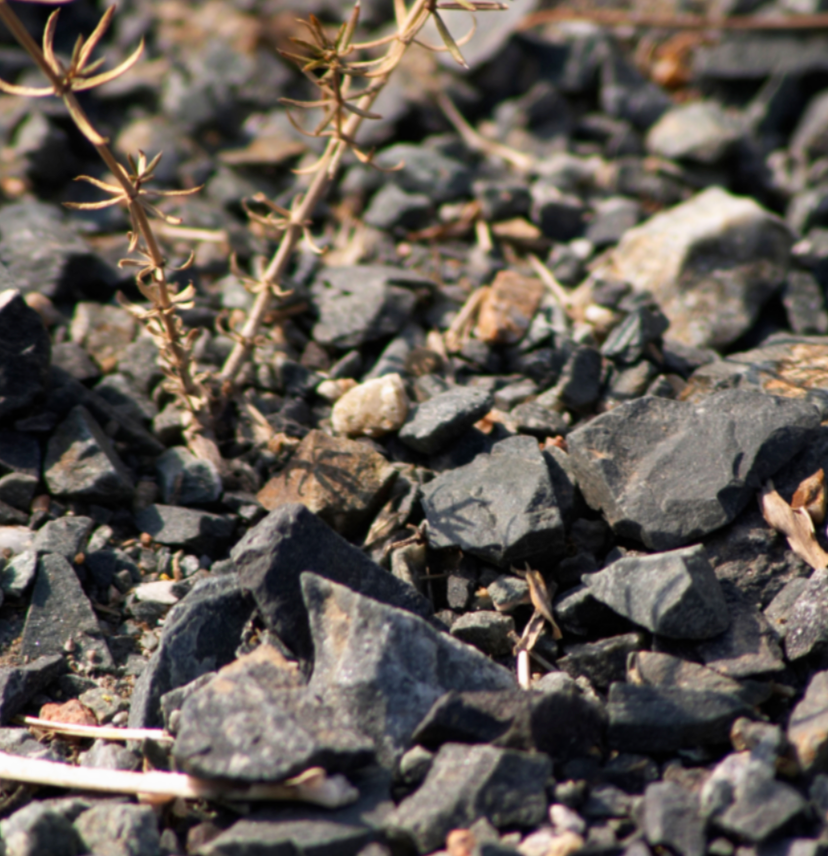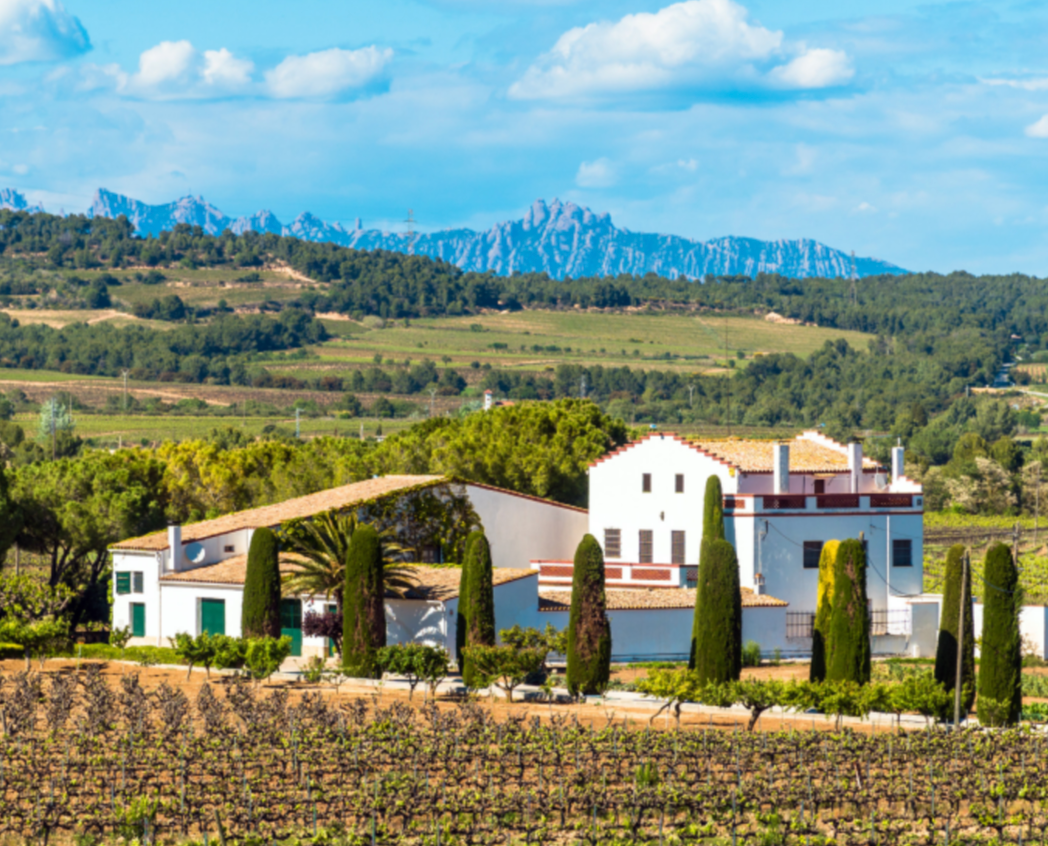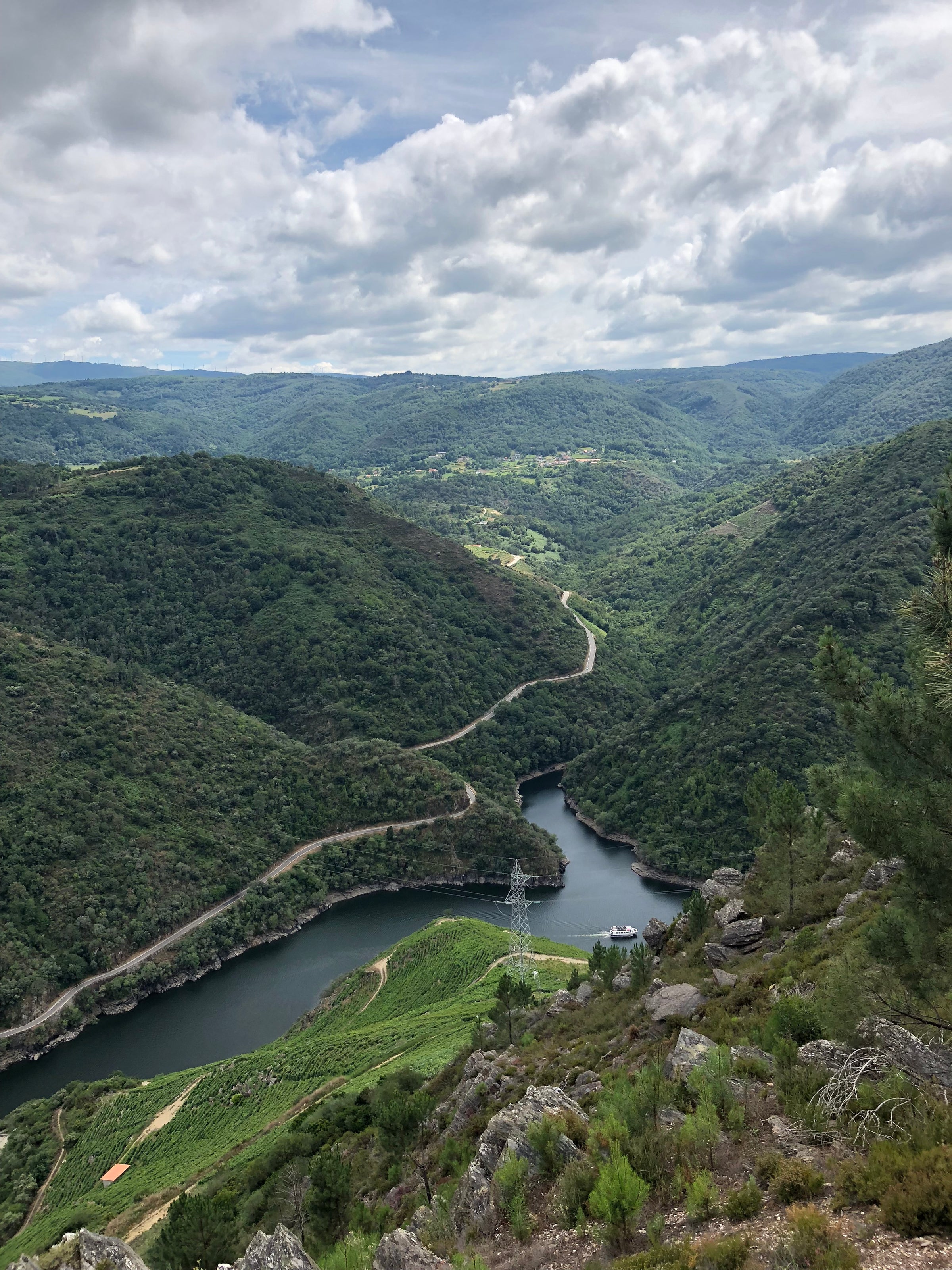The established white wine nobility hasn’t changed in a long time. There’s white Burgundy, of course, arguably the most aristocratic of them all, then there are the well-bred Rieslings of Germany, Alsace, Austria, and I’d make a strong case for Sauvignon Blanc and Chenin from the Loire, too. What we have for you today is a white that merits admission to the royal court, regardless of what its price tag says. In fact, ignore the price for a moment: I’m happy to judge Antonio Montero’s mesmerizing, mineral-saturated Ribeiro on its merits without even taking its jaw-dropping price into consideration.
Over the last few years, the whites from Spain’s Galicia region have shone as brightly as the lush river valleys they hail from. They’ve become an obsession. Galicia has been re-imagined, if not resurrected, by an exciting cadre of new-generation, talented vintners crafting show-stopping whites and reds from old-vines in granite soils. We’ve featured many passion projects from the likes of Manuel Formigo, Luis Rodriguez, and Bernardo Estévez, who have all delivered stunning examples with a welcomed, disruptive effect on the global stage. Now it’s Montero’s turn in the spotlight, and what a debut it is. This bargain-priced Ribeiro white blend has taken the microphone and loudly proclaimed: We are here. I honestly can’t remember the last time I had a wine with so much real breed, or should I say nobility, at such a low price. We were all stunned, and you will be, too: This is paradigm-shifting wine!
Montero’s “Colleita” harkens back to an earlier, more humble Ribeiro, when growers sold wine in bulk formats to others. In 1970, after several decades of production strictly for local family consumption, Antonio Montero Álvarez (the current Antonio’s grandfather) ventured to sell his barrels of blended white and red wines to bars and taverns beyond his home village; by the ’80s, he was bottling the wine for sale throughout Galicia. The ’90s brought the construction of a winery and shortly thereafter an official business was formed. Despite expanding their holdings, Bodegas Antonio Montero only began exporting in 2015.
The Monteros’ significant vineyard holdings are mostly of the revered native white varieties Treixadura and Loureiro, as well as Torrontes, Albariño, and Palomino. All their vineyards, ranging from 20-70 years old, are planted in soils comprised largely of decomposed granite (locally called sabrego) co-located with clay and sand. Like most sites in Ribeiro, their dozens of parcels hug steep slopes running up from Ribeiro’s matrix of riverbanks to altitudes reaching over 1,000 feet. By no means the kind of sunbaked landscape found in central Spain, Ribeiro is cool, often rainy, sitting 30 miles from the Atlantic Ocean, pushing a consistent breezeway effect crisscrossing the various tributaries of the entire Miño River Valley. Coastal mountains and the mountainous Portuguese border (just 12 miles south) offer protection from winter storms out of the west. Wide temperature swings from day to night lend yet another beneficial factor ensuring the grapes long, slow ripening with fully formed flavors and aromatics whilst preserving natural, fresh acidity.
“Colleita” is a shining example, reflecting not just Ribeiro but a time-honored artisanal approach enhanced by the winery’s avant-garde modernity. Pulling from 30 different organically farmed parcels on various slopes and terraces, the grapes are entirely hand-harvested. Although the blend is 60% Palomino, the 40% Treixadura is the alpha component. Elegant and complex, Treixadura generates deeply nuanced wines and like other noble varieties, it beautifully transfers the expression of the environment in which it’s grown. After harvest, the grapes are then kept separate in temperature-controlled stainless steel tanks for a long, cold natural fermentation. The wine gets bottled after a light filtration one year from harvest.
There was a lot of bewildered head shaking when we first tasted it. How can an entry-level wine possess and deliver such a triple-threat performance? Subtle but dazzling fruit flavor, umami spice, and a precise, almost surgically placed floral note? We had to double-check the cost because it simply didn’t make sense, but what a thrill it was to learn that wines like this are still out there! In the glass, it’s clear and bright, displaying a straw-yellow hue with greenish highlights running to the rim on a supple medium-sized body. Notes of apple blossom, plantain, gooseberry, and garden herbs leap from the glass. The palate offers polish and smooth texture with lively flavors of fresh pear, apricots with a haunting whisper of umami with a spot-on framework of bright acidity. There is a rich tonality here generally associated with a pricepoint tiers above this one. We took a large position. I suggest you do the same so that finishing a bottle doesn’t reverse your great mood. Serve not-too-cold (50-55° F) in all-purpose stems and enjoy the effulgence of this Ribeiro beside some crudo, mushroom coquettes, or patatas bravas. There’s no time to waste: Vamos!





